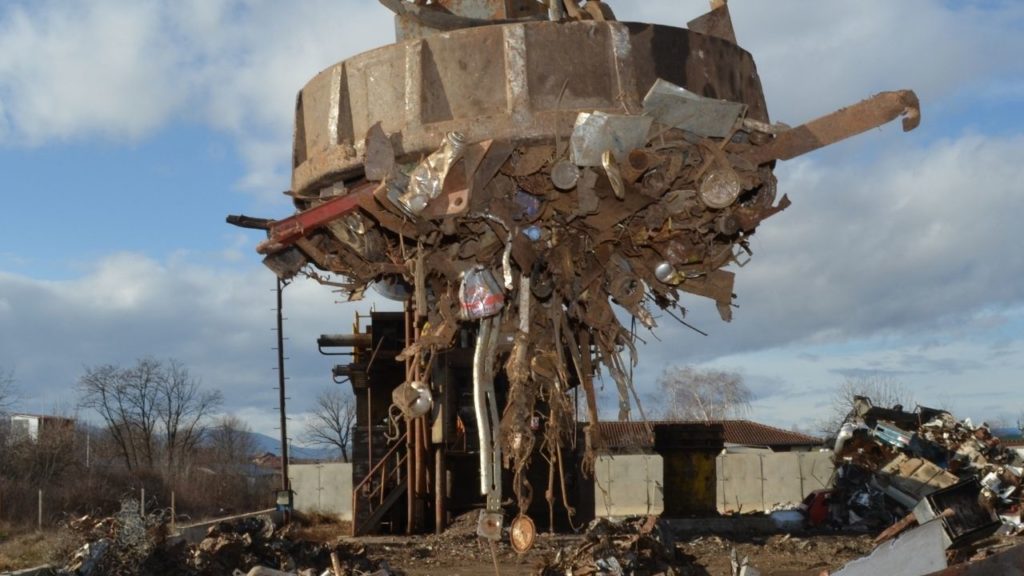
Obsolete vs. Prompt Scrap: The Differences
Love may make the world go round, but recycling metal is what keeps the manufacturing world turning. Mining is hard and energy-intensive work, so whenever you can reduce the demand for new metal, it’s a boon to the planet and your bottom line. But recycling metal isn’t as simple as filling a bin with old cans once a week. The salvage industry relies not only on disused consumer products but on access to industrial byproducts that may never enter the layman’s mind. Read on to explore obsolete vs. prompt scrap and their differences.
Obsolete Scrap
When you, as a consumer, think of scrap metal, this is what you most likely picture. These are the consumer products that have fulfilled their intended purposes—empty pop cans, old auto parts, and the home goods that wind up at the end of the driveway on garbage day. When scrappers harvest metal from the general public, they’re compiling obsolete scrap. Don’t let the name fool you; though the products in obsolete scrap have come to the ends of their useful lives, they are still useful in new ways. One ideal application for recycled iron is in the production of reinforcement bars, or rebar. While rebar is an important component of concrete construction, it is not a “front-facing” use of iron, so any visual imperfections in the product are irrelevant. What matters is the support it lends to concrete structures. Obsolete scrap is plentiful, but due to impurities in the product, it’s not readily usable. Obsolete scrap requires significant time to obtain, process, and return to creators, which makes it the less useful of the two options.
Prompt Scrap
Prompt scrap is not as visible to the everyday consumer as its obsolete counterpart. Prompt scrap is metal that has not yet reached the marketplace. These are the residuals of large-scale industrial manufacturing processes—leftovers from the production of sheet metal, automobiles, and electronics, among others. However, the manufacturer cannot “keep it in-house” and immediately reuse these pieces.
How They Differ
Prompt scrap is considerably more valuable than obsolete scrap and, therefore, harder to obtain. Manufacturers recognize the value of their prompt scrap and don’t simply leave it by the side of the road as if it were obsolete. Acquiring prompt scrap requires directly contracting with the manufacturer or buying it at auction. While this means higher up-front costs, it pays off in the long run to have metal that doesn’t require the same heavy processing as obsolete scrap. Obsolete scrap can be ferrous (containing iron) or non-ferrous, so you may need a fully enclosed hydraulic magnet to separate the pack. The quality of obsolete scrap can, to put it gently, vary heavily. Most prompt scrap is steel and, therefore, ferrous but of reliably high quality. Return on investment marks the key difference between obsolete versus prompt scrap.

